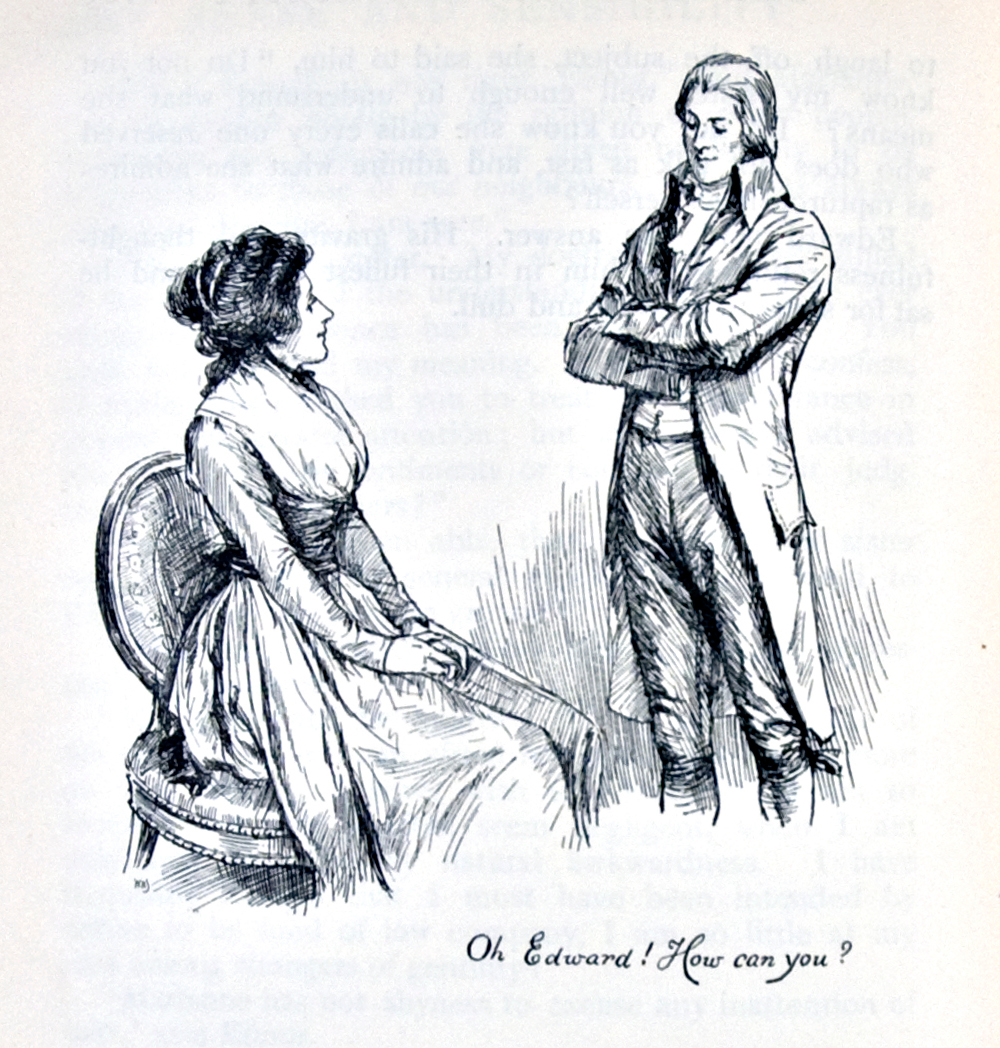Woman’s fiction has become an incredibly popular genre in recent years. In fact, this genre has become so popular that it has its own section in most stores. Go to any bookstore and look at the bestsellers, and you’re sure to find at least a few women’s books. But writing these books is a little more difficult than reading them.
Romance and Woman’s Fiction
Romance has been a draw for women since the first romance novels were published. And romance is still very much a part of what many women want in a book. And so much of woman’s fiction does involve a certain amount of romance. However, woman’s fiction is not romantic fiction.
Romantic fiction tends to involve a ‘damsel in distress’ and other such plot points. In contrast, woman’s fiction puts the woman in control. She is the center of her own story. The man, if there is one in the story at all, only has a supporting role. His story is only detailed enough to further her story. In a romance, on the other hand, the man’s story would be as developed as the woman’s, sometimes more so.
The women featured in woman’s fiction are strong and independent, not requiring a man to save them. While romance often plays a large part in woman’s fiction, it is not necessarily the main point of the story. In addition, much of woman’s fiction is devoid of any romance at all.
Writing Women’s Fiction
The four essentials of novel writing are plot, characters, setting, and details. When it comes to writing women’s fiction, these things all have a common thread. The characters and plot will all support a tone of empowerment, specifically the empowerment of the women in the story. They are an affirmation of life from the woman’s point of view, though these books do not always have to end well.
When writing women’s fiction, you have to write for women. At least, you have to write for women if you hope to sell books to women. Women usually enjoy tales that evoke hope and fear, dreams and nightmares, fantasy and reality. The action in your tale can be drama instead of adventure, the relationships don’t have to be romantic in nature. Connect with the lives and hearts of women and you’ll be fast on your way toward writing women’s fiction.
You don’t have to be a woman to write for women. Some of the most successful writers of women’s fiction are men. Nicholas Sparks is a man, and his books, written primarily for women, have been incredibly successful. Some of his books, such as The Notebook, have been turned into feature films. If you can connect to the inner mind and heart of a woman, you can write women’s fiction, regardless of your own gender.
Woman’s fiction is a popular genre. It is frequently more popular than mystery, science fiction, and even fantasy. If you’re hoping to publish a book with broad appeal, the women’s fiction market just might be the place for you to start writing your first novel.
